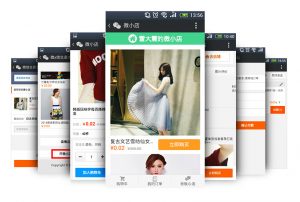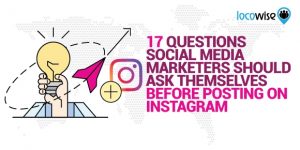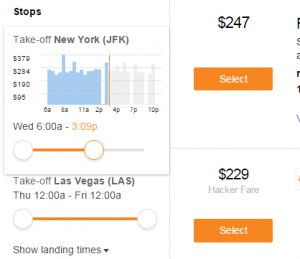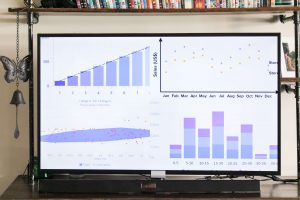
I’ve had the chance to speak with many marketers at various points of their website redesign process, and one thing consistently stands out: it’s a huge, often overwhelming job. So it’s no wonder that the most popular reaction when taking on a redesign is “let’s not add anything else to the to-do list until we’re done here.” It’s seems like everything else stops during the redesign.
When a redesign and personalization initiative are on their roadmap, the majority of marketers I speak to go “heads-down” to complete the redesign first and then start on personalization afterwards. But it doesn’t always need to happen in that order. Here’s a look at the benefits of incorporating personalization within a redesign effort.
Before the Redesign
Before you begin, spend some time researching, planning and testing. Start by considering how visitors are interacting with your existing site today. Ask yourself these questions:
- How are people getting to your site?
- What pages do they land on?
- Where do they go next?
- What is currently working well?
- What is the stickiest part of your site?
- Which calls-to-action (CTAs) are performing particularly well?
- Is there a particular journey that is causing visitors to convert?
These questions will help you identify what is currently performing well and should be kept.
Next, use a personalization solution like Evergage, which has in-depth tracking and analytics capabilities, to begin segmenting your visitors to learn more about specific groups of people. Segments can be based on industry, frequency of visits, past actions, source, topic of interest, or anything else important to your team. Getting a head start here will allow you to put your personalization strategy into full swing with the launch of the new site.
Finally, inform your redesign plan by testing design concepts and experiences, either for the full audience of your site or for specific segments, that you want to incorporate into your new site. The personalization platform should be used to test out the ideas you have around new images, copy, colors, CTAs, etc. You can even solve internal disputes within your team about what will work best. With this approach, you can discover what works for your site before you invest the time and money to build it out.
During the Redesign
In the same vein, once your redesign is underway, don’t wait until it’s completely finished before launching. With the personalization solution, you can roll out various aspects of the new site as they are developed so you can test them, get preliminary results, and address what doesn’t work.
These tests should include your typical generic site experience, as well as personalized elements for different audiences or individuals. For example, you can create a few additional homepage experiences for different segments right from the start. A good personalization solution will make it possible to clone an experience, allowing you to iterate off the original. As different homepage hero sections are completed, you can test them within your existing site to see if they increase clickthroughs and engagement.
Lastly, design templates for any infobars, pop-ups, or callouts you would like to include on the site in the style of your newly designed site. This will save hours of work down the line, ensure that these aspects don’t appear as an afterthought, and provide a consistent look and feel throughout the website. Don’t forget to test these too!
After the Redesign
Congratulations—you’ve completed the redesign! At this point, the majority of work has been done, but you can continue testing new experiences and monitoring the new site to continue to improve. Also, remember that one aspect of the redesign nobody was able to agree on? Test it out—release two different experiences and test which yields better engagement. There is no need to make hard decisions when statistics can help make the decisions for you!
You should also continue to monitor the data to ensure that everything is performing as it should be and spot opportunities for growth. Predictive analytics and machine learning can track different metrics on your site and alert you if something is outside the normal patterns of the new site.
Final Thoughts
I get it: redesigns are not an easy task. But as you can see, incorporating personalization into the mix can not only make the process easier, it puts you in a better place once completed. With all the time and planning that goes into a redesign, you don’t want to have to wait until it goes live to know if it works. If you are continuously testing different elements for different audiences throughout the process, you will know that it works before you launch. Getting this head start on your personalization strategy will help create a fluid, engaging experience for each of your visitors.
Digital & Social Articles on Business 2 Community
(63)








